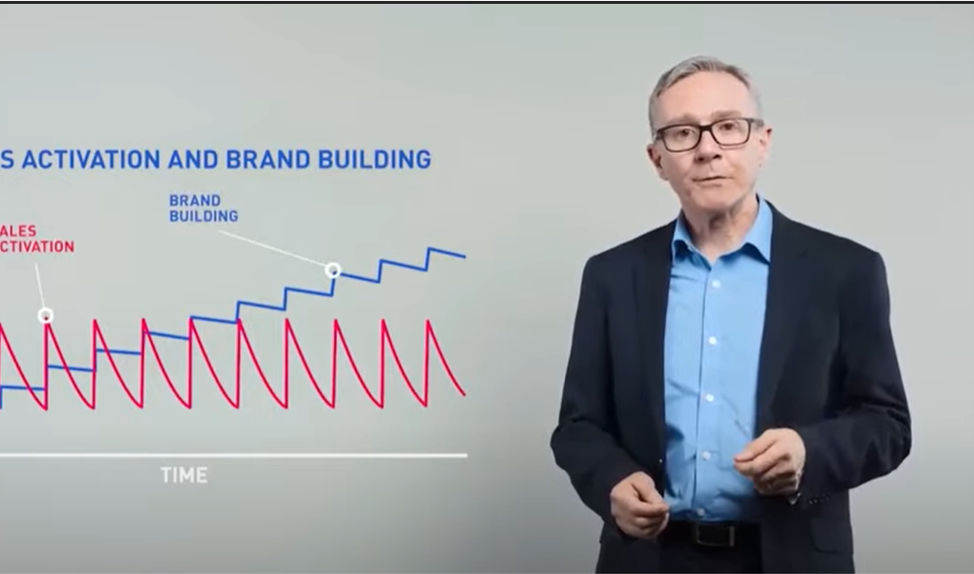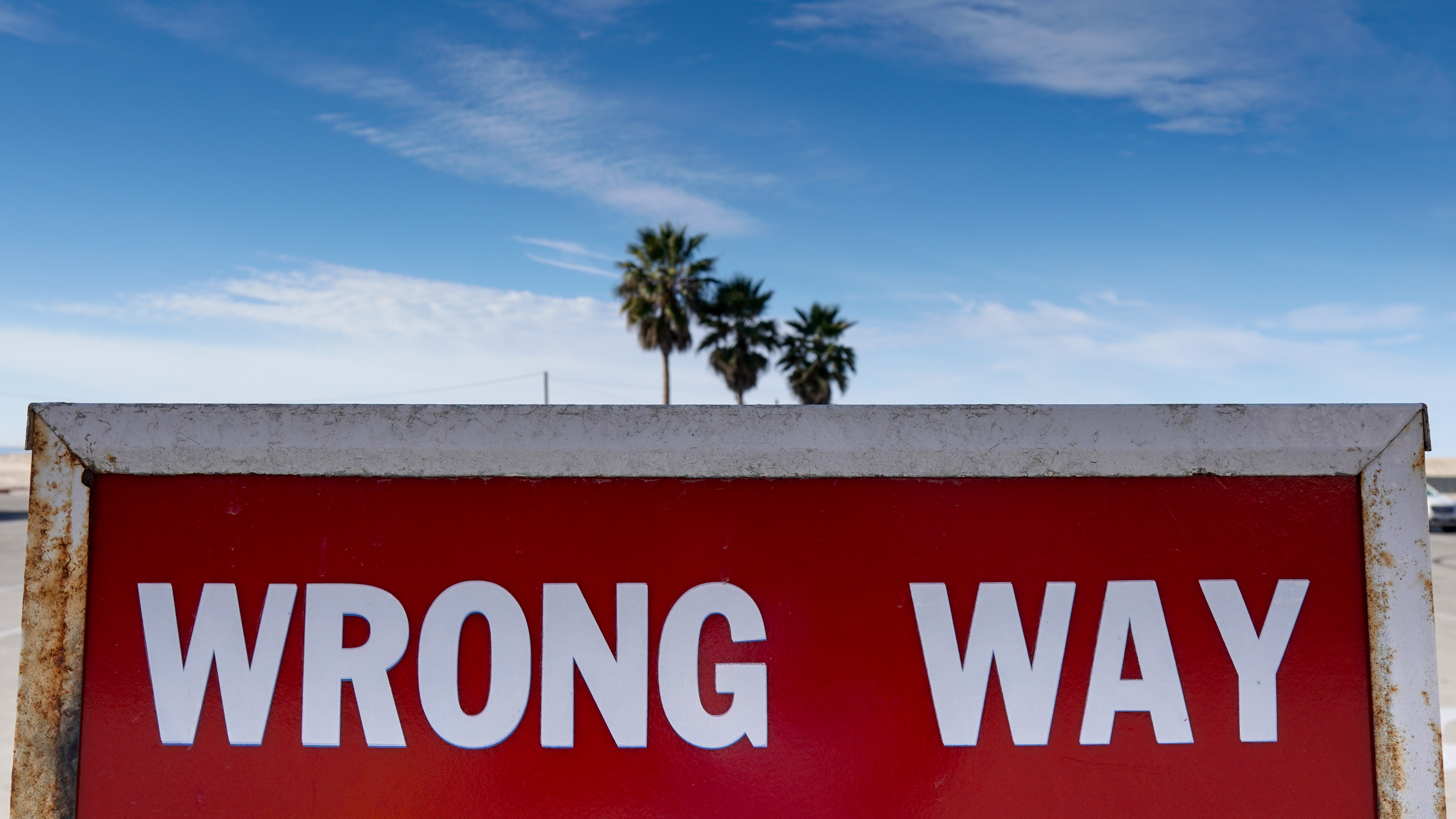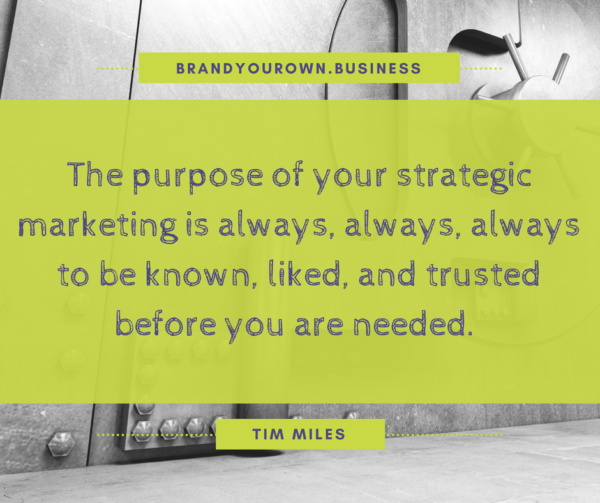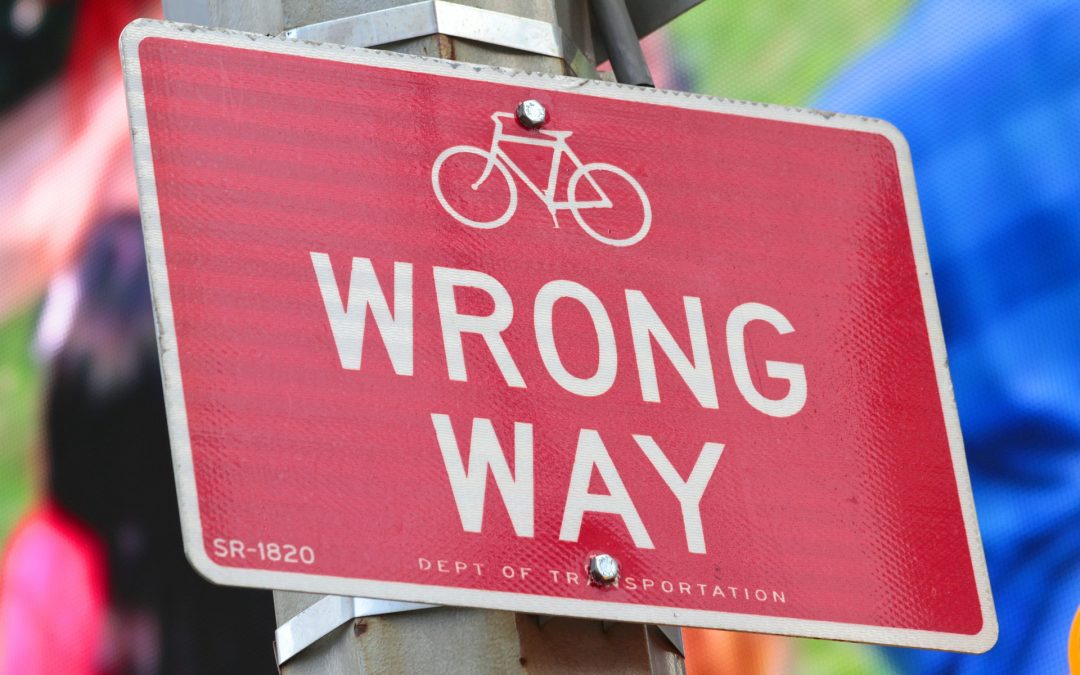Most businesses don’t know how to use radio advertising to increase their business.
I know, that’s a pretty “out there” declaration coming from the guy who has spent a few decades in radio advertising and currently leads the most successful local advertising sales team in our city.
But it’s because of my background that I have the experience to know that Most businesses don’t know how to use radio advertising to increase their business.
It’s not just my experience but because of my background, training and research, because I know others who have been involved in radio longer than me that don’t understand what I’m going to tell you today.
Most advertising sales people are taught how to sell advertising.
That’s important but do you know what’s more important?
Knowing how to use advertising to help a business market themselves to reach their goals.
This month I reviewed with my sales team the difference between Brand Building Advertising Campaigns versus Event Oriented Advertising Campaigns. I’ve discovered that at least 80% of the people who are wanting to sell you advertising, are clueless about this so you are about to become smarter than them.
Too many advertising campaigns wrongly focus on short term sales when they really should building brands.
For example, how often do you buy a car? A quick Google search told me that the average person keeps a car for 6 years. My wife and I each have a car so on average, you could say we are likely to buy a car every three years.
Most car dealerships advertise sales. They are usually annoying ads, stereotypical sleazy used car guys come to mind when I think of most of the ads I’ve seen or heard.
Since 2013 my wife and I have bought 4 cars, which puts us above average. Three of those 4 cars were to replace a car we’d worn out. Only one was because I wanted to upgrade my transportation. But no matter what the reason for buying another car, it never was because of a sale that I heard in an advertisement.
I used to buy all my cars from a friend who had an impeccable reputation. The two cars my wife and I had in 2013 were from him. Then he retired from the business and it was time to do some true car shopping the way most people do.
We did our research online to see which used vehicles would fit our needs. All four cars I bought passed three criteria:
- The car was recommended on all the review sites we researched.
- The price was appropriate, not too low or too high
- I either trusted the dealership and/or the salesperson.
I passed on some that cost less because of the lack of trust. Even the last car I bought this year was from a dealership that I was unsure of, but I trusted the salesperson, a friend that I’ve known for more than a dozen years and his “brand” is excellent.
Most radio advertising campaigns, heck probably most advertising campaigns on any media, should be brand building, not event oriented sales campaigns.
When I was talking with my sales team about this in a recent meeting, I shared with them a five minute video featuring this guy with a funny accent. He had the research that showed over time businesses that focused on Brand Building instead of the short term sales event advertising messages multiplied their investment. Those that did it the other way never built a trusted reputation and the sad part is that when they had competition that was trusted, they usually lost.

In reality, you need both. The last line in the video says, “Aim for Fame”. The very best ad campaigns use a formula that I learned when I first went from the being on the radio to developing advertising campaigns and it was a four step process that I learned in Detroit at WMUZ and Crawford Broadcasting.
- Image Building
- General Benefits
- Specific Benefits
- ReCreation Benefits
I’ll do another article and podcast focused on this formula but the basics is before you make a sales push with your advertising, you need to spend time introducing the company or product.
I’ll wrap this up with a quote from Jeff Schmidt, Senior VP with RAB:
Radio works to create awareness of a brand BEFORE people need it. That is the very purpose of advertising:To help a business become known before they are needed. People don’t respond to ads; they respond to needs. When the guests at a restaurant discover they are hungry and want to go out, that’s when they search their minds for brands they already know. They know them because of the strength of the long-term advertising that is and has been done.
These are the concepts my Local Advertising Sales Team at WOWO Radio have been trained on and we continue to review and tweak our skills. Want our help? Contact me. Scott@WOWO.com






